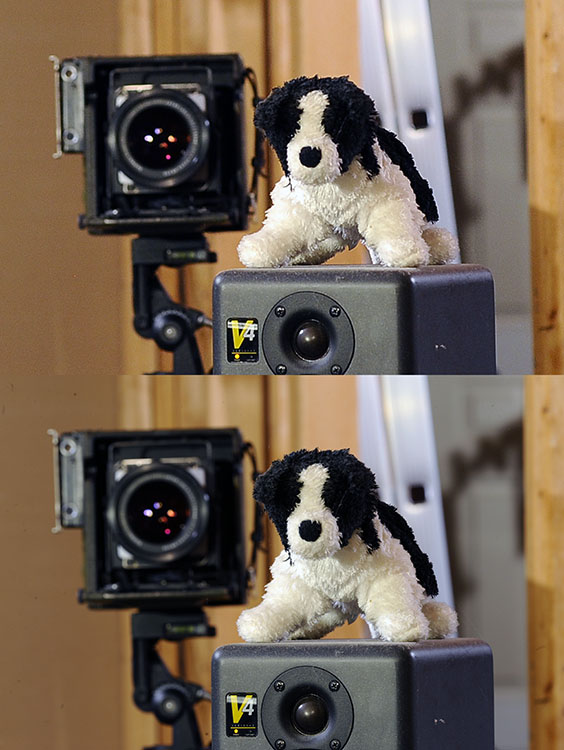olifaunt
Well-known
4- I don't buy the outresolve argument. A nice thing of transfer functions is that they multiply. There are excellent prime vintage lenses like Leica R, Zeiss F, Minolta Af etc. Now suppose that at a certain point in a certain direction at a certain spatial frequency the lens has a tf=0.7. A poor sensor with say a tf 0.6 wil give a product 0.42, not ideal. A sensor with lot of megapixels may have a tf close to 1, with the result that the product is approximately 0.7, meaning that it will squeeze from the lens its maximum possible performance. I remember that I Leitz engineer, asked what sense does it make to put a fast film in a Leica, answered similarly, but of course with the role of the lens and sensor exchanged
I agree. One of my pet peeves with my Ricoh GR2 images (whose lens resolution is of the same order of the sensor's resolution) is moiré, aliasing, and demosaicking artifacts. If a sensor resolution were an order of magnitude or so greater than that of the lens, these problems should be significantly reduced.


